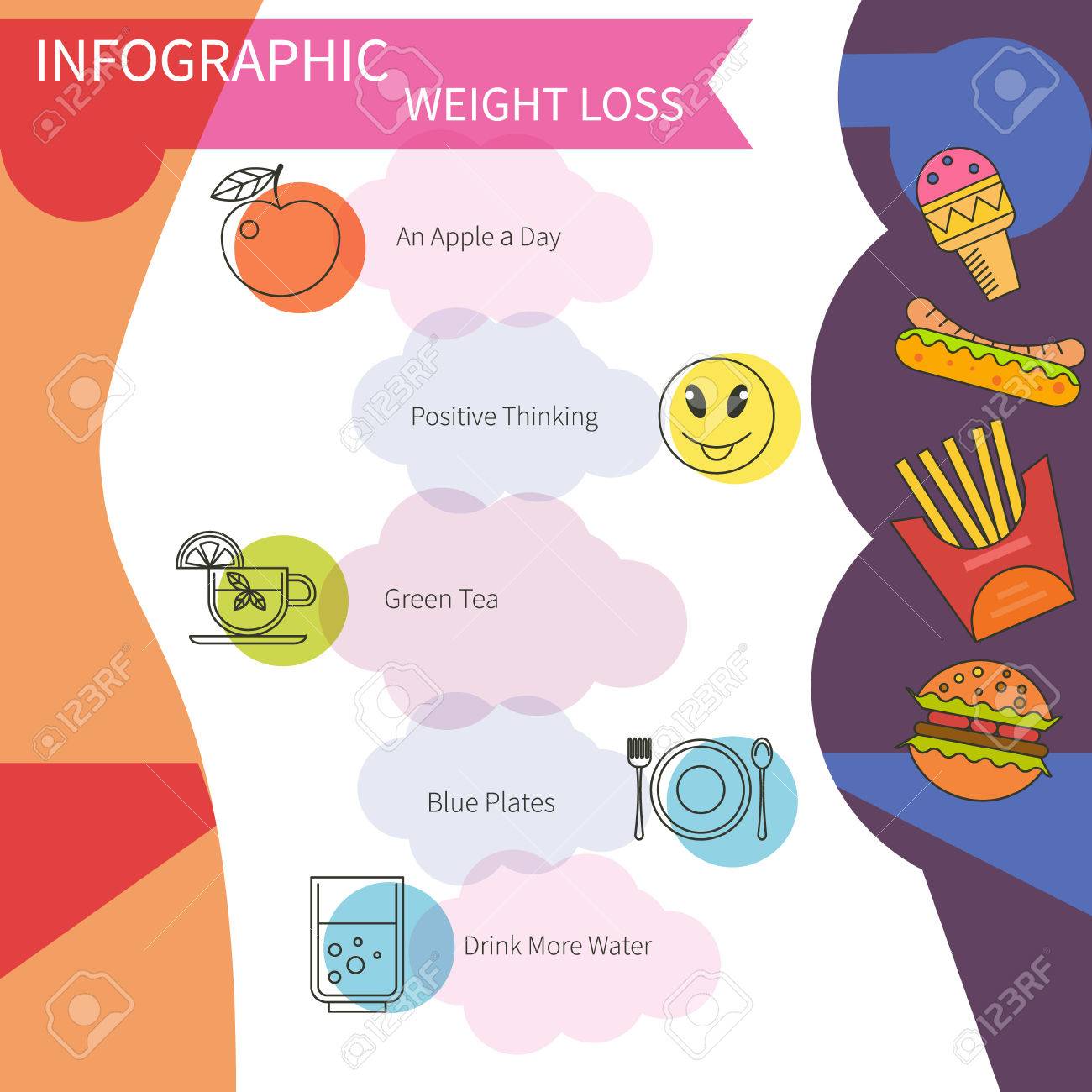Understanding The Benefits Of Cold Laser Therapy For Your Face
Understanding The Benefits Of Cold Laser Therapy For Your Face
Blog Article
Scientific Research on the Efficacy of Cold Laser Technique
Cold laser therapy is a helpful device to assist in pain monitoring and the healing process. It is often made use of in sporting activities medication, dermatology and acupuncture.
Cold lasers penetrate deep into cells and promote chemical modifications without warming them. They decrease inflammation and swelling, speed mobile task and accelerate recovery.
Academic Background
Unlike the high-intensity lasers that surgeons usage to puncture tissue, cool laser therapy uses light-emitting diodes to permeate into your skin and advertise recovery. As these photons get to damaged tissues, they launch a domino effect that boosts your cells' production of enzymes and accelerates your body's natural recovery procedures.
The photons likewise decrease pain through the production of endorphins and raise your body's capacity to drain pipes puffy locations by causing vasodilation (the expansion of capillary). Consequently, it assists you recover from bone and joint injuries and discomfort faster.
Lots of people have found out about cold laser therapy from their physiotherapist, chiropractic specialist or physician and may be asking yourself exactly how it works. Unlike the majority of laser tools utilized in the medical area, which really heat up cells, our advanced equipment emits cool laser light beams that do not trigger any type of home heating of your cells. This enables your body to receive the healing benefits without triggering any type of side effects.
Professional Trials
Cold laser therapy is usually suggested as a therapy choice for patients that have musculoskeletal discomfort and injuries. It can be used to minimize inflammation, reinforce tissues and increase the body's natural recovery processes.
Non-thermal photons of red and infrared laser radiation are soaked up by the light sensitive elements in cells and launch a rise in intracellular metabolic rate that enhances cell recreation, decreases swelling, eliminates edema and reduces healing time.
Unlike the light that is created by sunshine or conventional lights, laser light is identical (all wavelengths traveling parallel), systematic and monochromatic. These buildings allow laser power to penetrate deeper right into the tissues.
Numerous clinical tests have actually shown that LLLT can be efficient in reducing pain in the bone and joint system. Nevertheless, more properly designed studies are needed to review the optimal settings for laser irradiation and to establish its effectiveness in particular problems, such as dental mucositis in cancer individuals obtaining chemotherapy or radiotherapy, and wound recovery (including diabetic ulcers adhering to hammertoe surgery). This Aetna policy publication does not resolve other uses of LLLT, consisting of the therapy of various skin diseases.
Conclusions
Unlike medical lasers that can damage tumors or coagulate cells, chilly laser treatment does not heat the body's cells. Instead, the light promotes your cells to generate adenosine triphosphate, which speeds up the repair work procedure of damaged cells.
Aetna considers low-level laser (LLL) therapy medically needed for the avoidance of dental mucositis associated with cancer treatment (radiation treatment, radiation treatment, hematopoietic stem cell hair transplant) and non-cancer treatments (such as radiodermal injury, fibromyalgia). Several research studies showed that LLT can be efficient in lowering PU signs and symptoms without adverse effects. laser therapy smoking cessation However, differences in research study layouts and laser dosimetry made contrast of the outcomes hard; RCTs with reduced risk of bias are needed. The use of a 660 nm wavelength and higher energy density appears to be a lot more efficient than the various other examined laser wavelengths. This could be due to the fact that the various other wavelengths might boost inflammatory processes and create more adverse effects. The impact of the kind of laser utilized is likewise crucial; the writers recommend that future research study focus on examining different kinds of lasers and their doses to identify the ideal combination of laser specifications for PU avoidance.
Referrals
Cold laser treatment is made use of by dental practitioners to deal with swollen periodontal cells, medical professionals to alleviate discomfort triggered by rheumatoid arthritis, and physical therapists to speed the healing of muscular tissue, ligament, and tendon injuries. Lots of medical insurance coverage plans cover this treatment.
Unlike warm lasers, which have a thermal result on cells, chilly lasers (also called low-level lasers) stimulate the cellular power of the skin. Photons from the laser light pass through right into the cell, setting off a series of chemical changes that advertises regrowth and decreases swelling.
In order to work, lasers must be properly arrangement and made use of. This is why it is not a good idea to purchase a low-cost over-the-counter laser device and attempt to treat on your own in your home. A qualified practitioner is called for to make sure that the gadget is used correctly to decrease the danger of eye injury and maximize its effectiveness. The laser tool need to be adjusted to the correct setup, intensity, frequency, and placement of the laser on the therapy area.